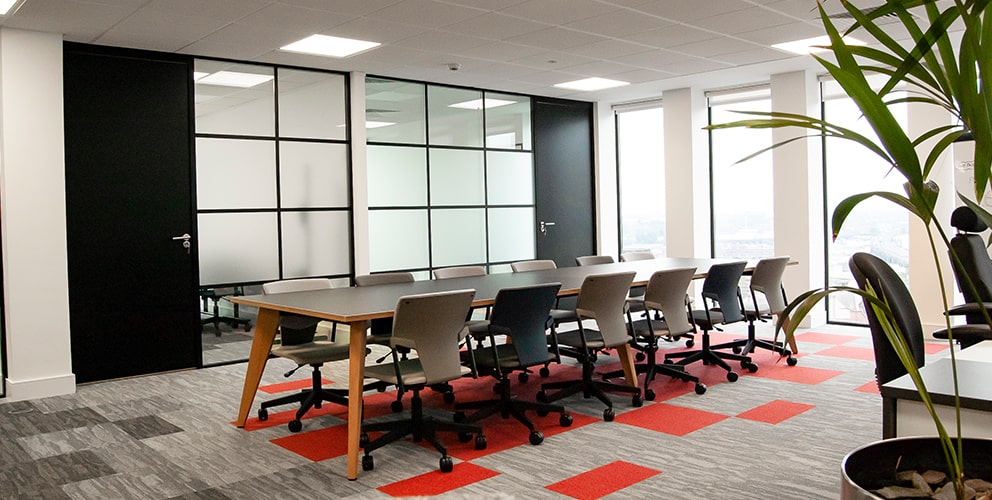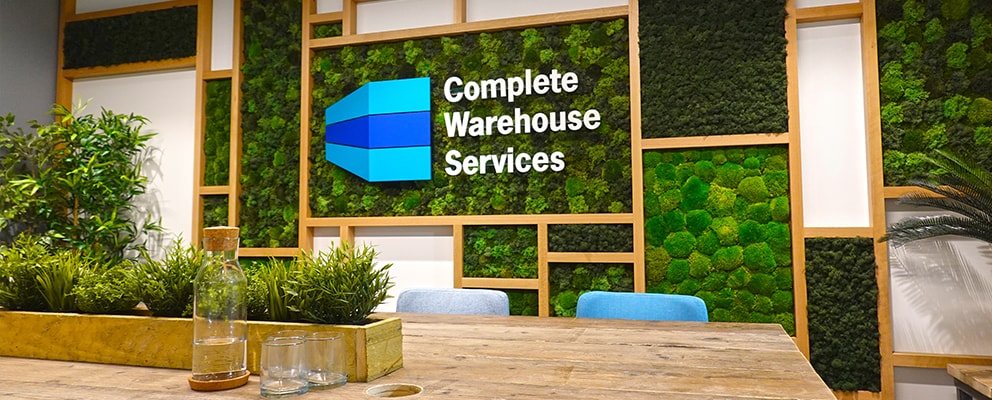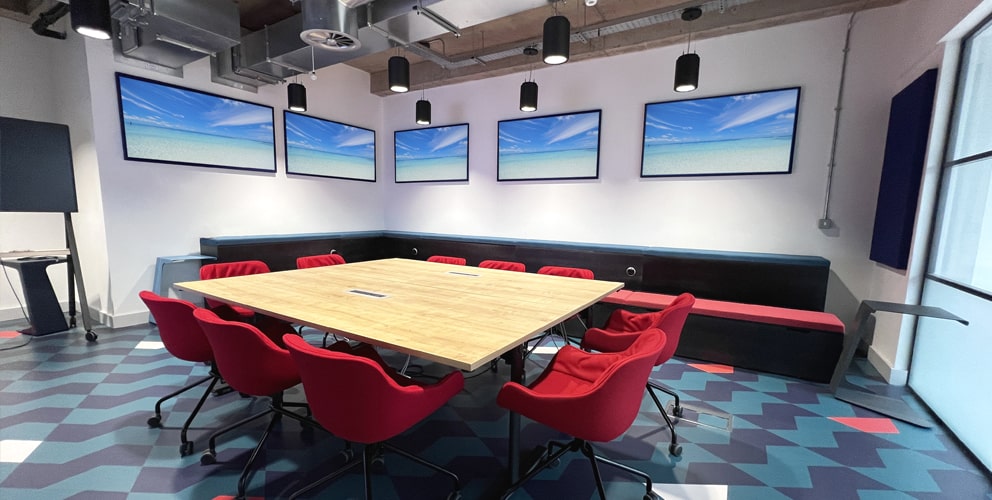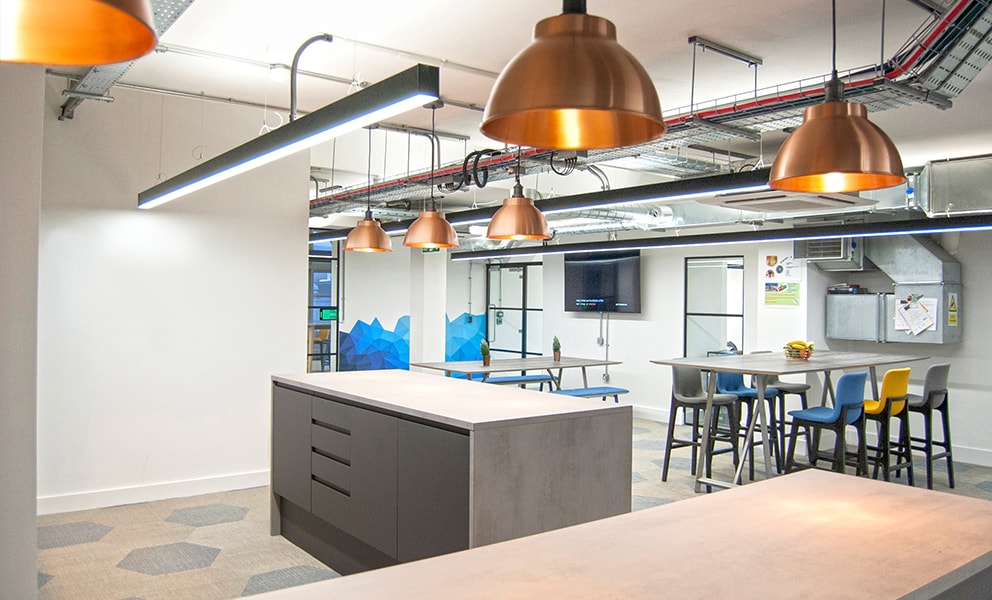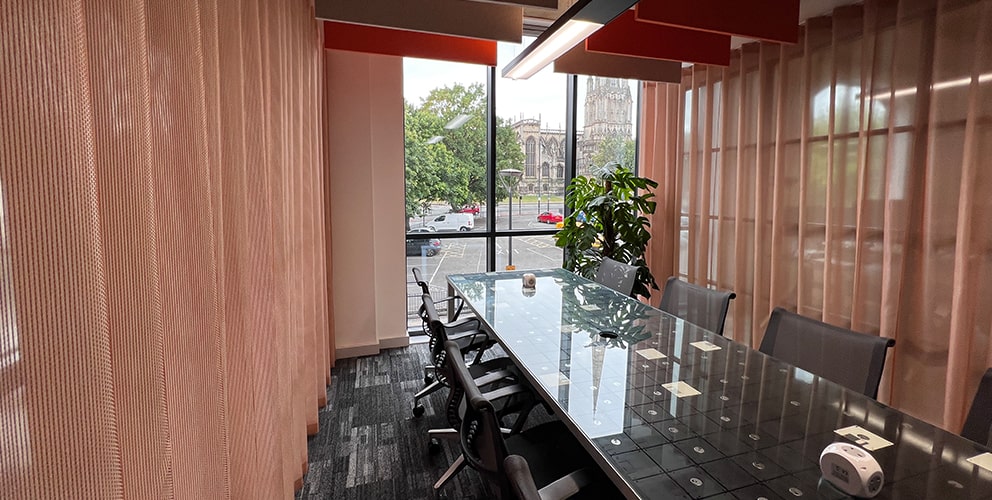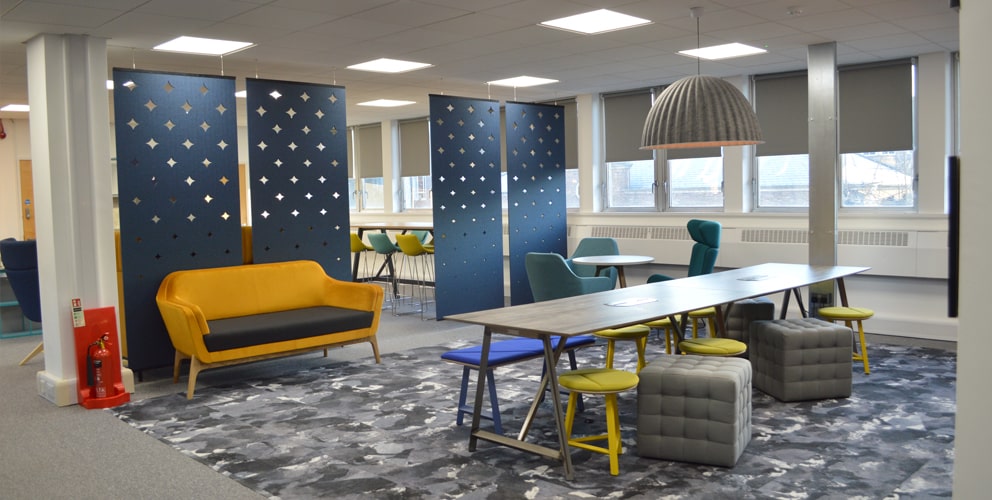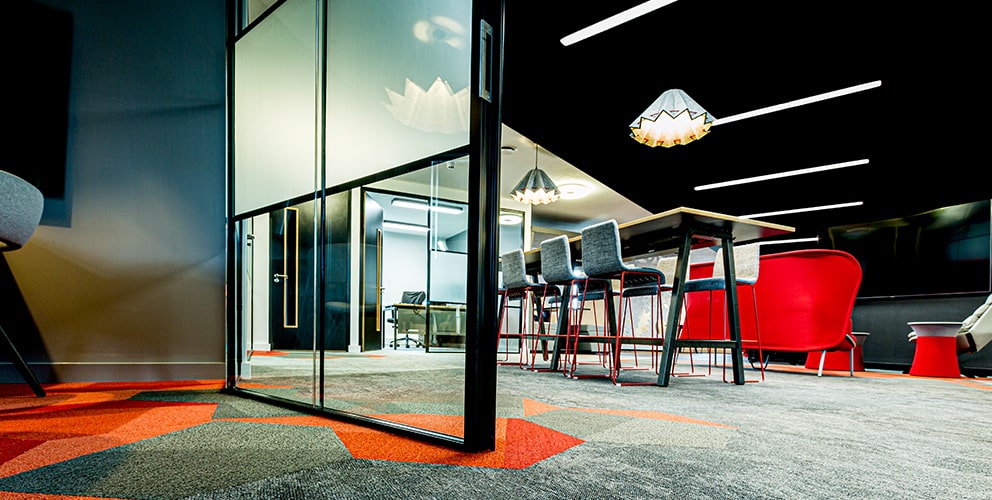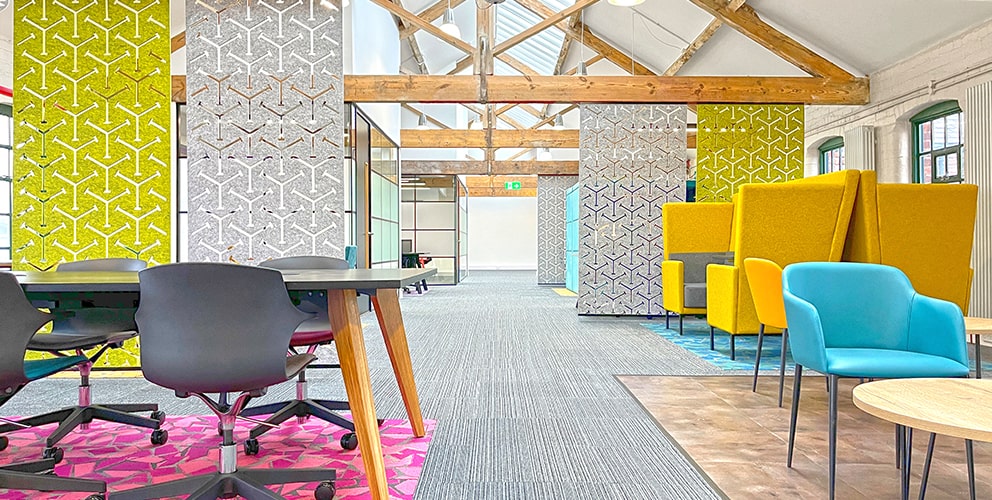Your Hybrid Working Office
The Definitive guide to Hybrid WorkingThe Hybrid Working Model – What is Hybrid Working and Why should you adapt?
There is no denying that the workplace has changed recently; one example of this is the transition to hybrid working, which came about as a result of a change from the traditional work model during the COVID-19 pandemic.
Although the concept of hybrid working is not a new concept, the industry’s adoption was greatly accelerated by the pandemic, which forced some businesses to switch to a more flexible setup.
1: What is Hybrid Working?
A flexible work arrangement that enables the seamless integration of working from home and a central office or work location forms the foundation of a hybrid working environment. This is an unique extension or evolution of an established agile working approach; it is an agile and flexible working system that necessitates a versatile and dynamic work environment.
A hybrid office aims to do away with the notion that workers must work from the same desk from 9 to 5 every day by allowing them to strike a better balance between their personal and professional lives without sacrificing productivity.
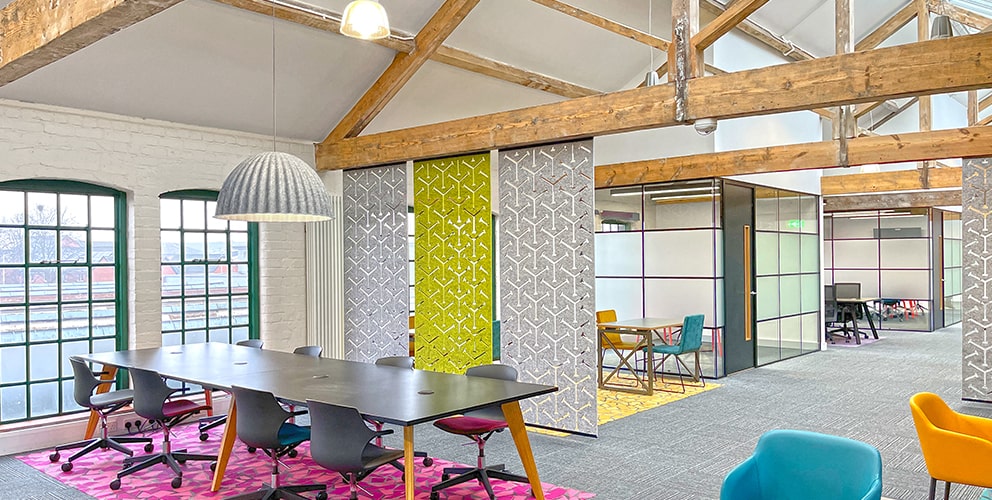
2: How Does Hybrid Working Work?
From allowing employees to select when they enter the office to establishing employer-scheduled office days, hybrid working offers a variety of different variations that might vary from business to business.
Depending on the hybrid variation the workplace adopts, the space planning of your office may differ significantly. For example, a more flexible hybrid working setup may require more non-assigned desking installations with book in systems, whilst a scheduled hybrid format may not require such complex systems.
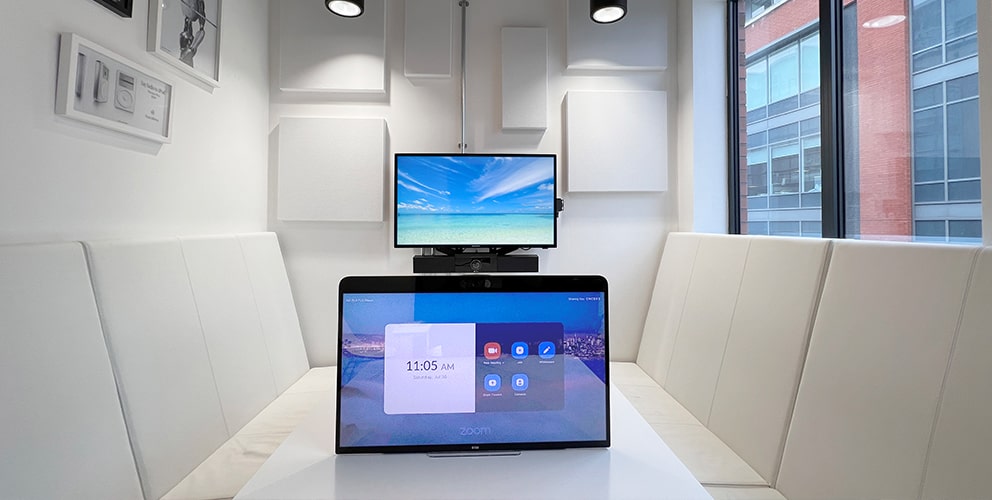
3: Should I Downsize my Office?
Some companies that are transitioning to a hybrid working model may believe that they should downsize their real estate to save finances; this may free up some additional resources for your fit out or refurbishment, but is it necessary?
We recently worked with a client who, while transitioning to a permanent hybrid working model, purchased a larger industrial unit for refurbishment. This is due to how the office space has changed in recent years, with a greater emphasis on employee well-being leading to a more comfortable approach to work environments.
Breakout locations, co-working stations, informal meeting spaces, and open plan offices can all take up a significant footprint when compared to traditional shoulder-to-shoulder desking.
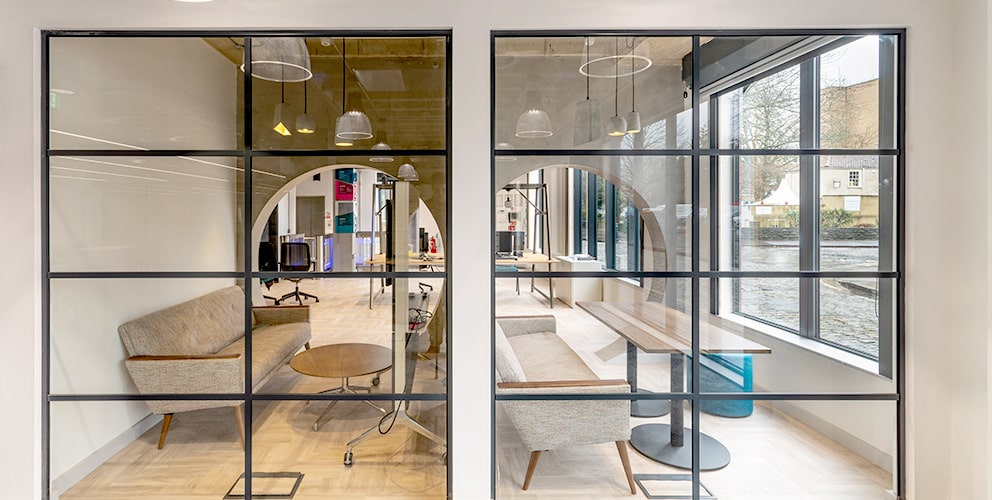
4: Why adopt Hybrid Working?
Employees First Approach to the Workplace
Understanding what works best for your company and employees is crucial, and the best way to do this is to meet with your team and learn about their requirements. It makes sense that some employees would naturally choose to work from home, while others would prefer to be surrounded by their co-workers and conduct business in a coworking office environment. Versatility is therefore essential in your office culture and work environment. The goal is to achieve a delicate balance between the two and to nurture a working atmosphere that prioritises employee well-being.
A study by ONS shows that in February 2022, 84% of workers who had to work at home during the pandemic said moving forward they would prefer to continue the pursuit of a hybrid working approach to their work.
